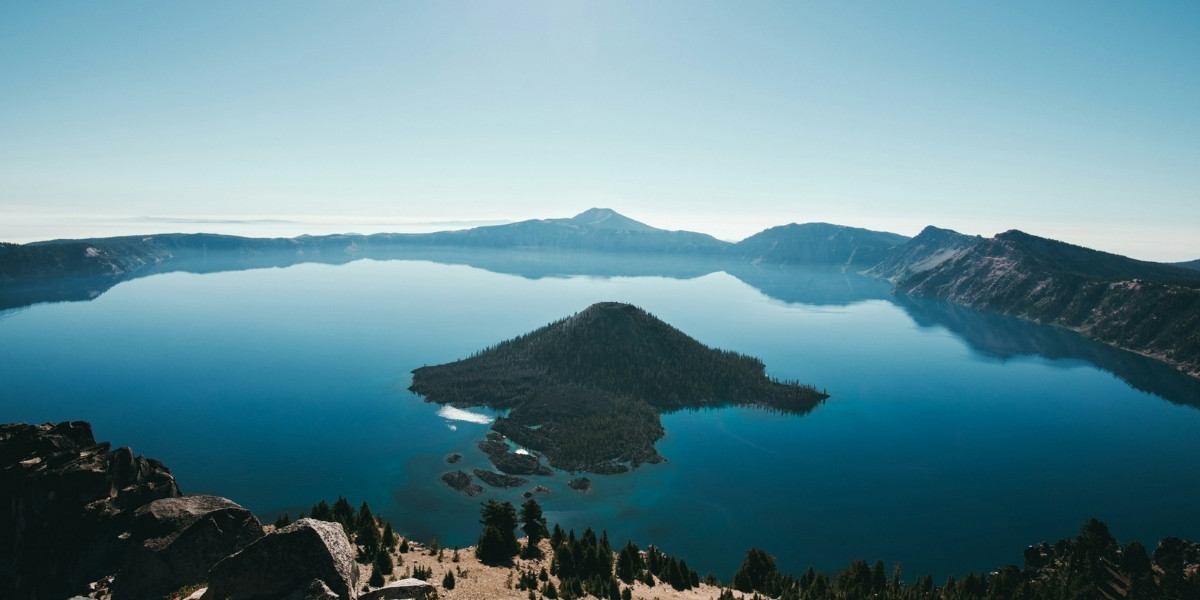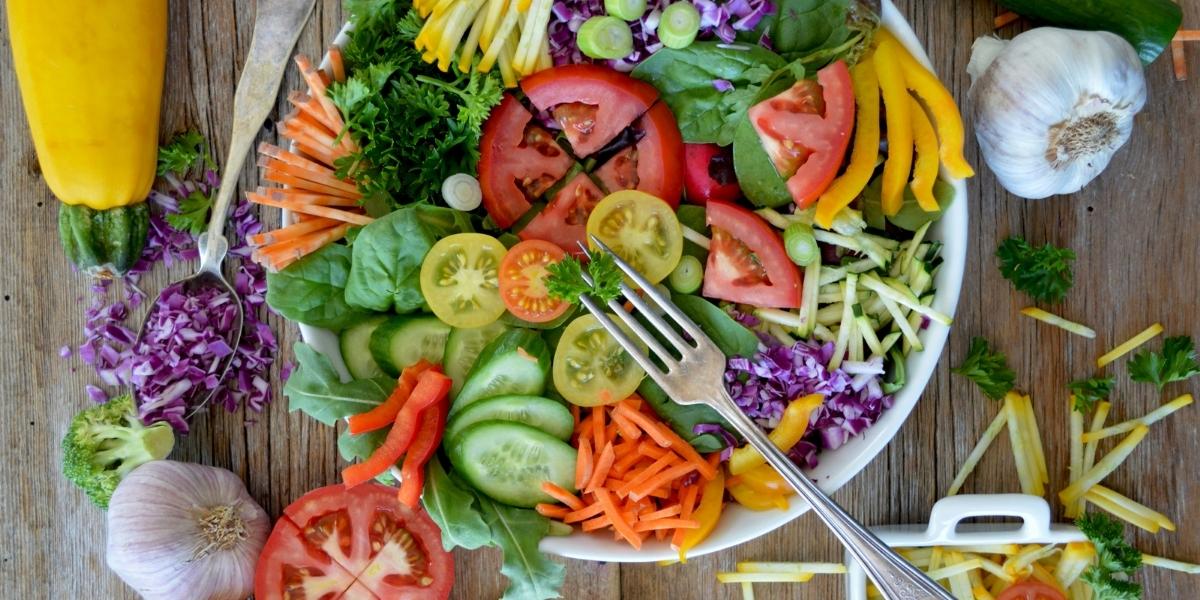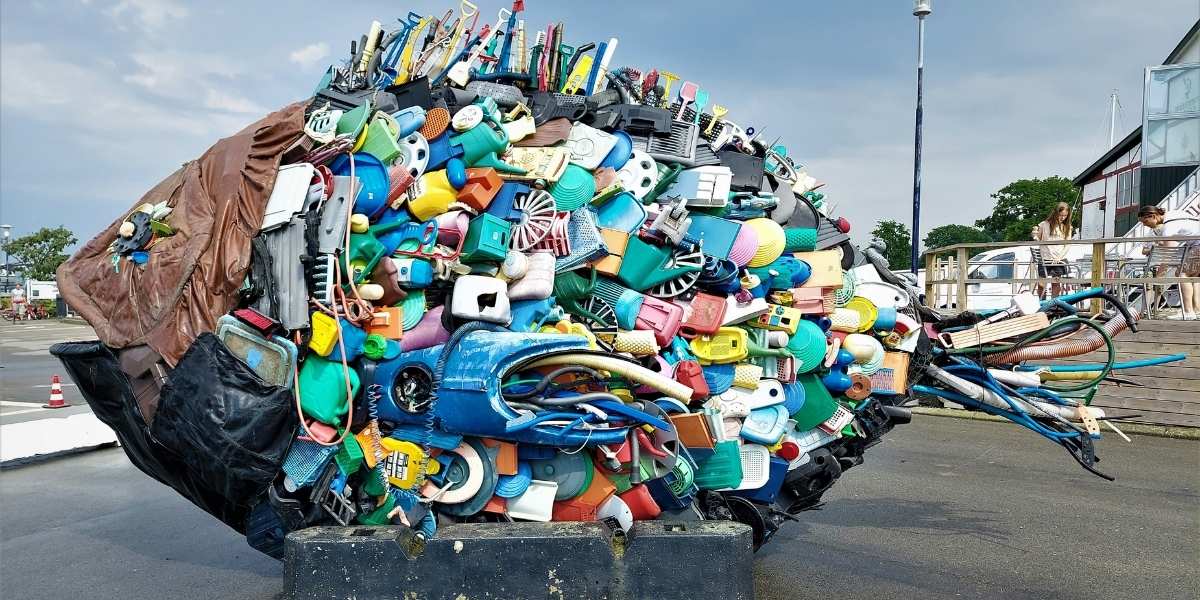What Is the Complex Chemistry Behind Gallstone Formation?
The process of gallstone formation involves a complex balance of chemicals within bile, a digestive fluid produced by the liver and stored in the gallbladder. Bile’s main components include bile salts, cholesterol, and phospholipids. When these substances become imbalanced, the fluid’s ability to keep cholesterol dissolved diminishes, leading to crystal formation. This crystallization starts the journey toward gallstones.
Inside the gallbladder, if bile becomes overly saturated with cholesterol or bile salts decrease, the risk of solid particles forming increases. These tiny crystals can stick together, growing into larger stones over time. Understanding this chemistry is crucial to grasp why gallstones develop and how to prevent their formation.
Read Also: The Vital Role of Kidneys: Maintaining and Protecting Kidney Health
How Does Bile Imbalance Lead to Crystal Formation?
Bile functions as a natural detergent that dissolves fats and cholesterol. When its composition changes, it no longer effectively suspends cholesterol in a liquid state. Excess cholesterol can precipitate out as solid crystals, which act as seeds for gallstones. This condition, known as cholesterol supersaturation, is a primary driver of stone development.
Factors that disturb bile composition include genetic predispositions, diet, obesity, rapid weight loss, and certain medical conditions. A decrease in bile salts or phospholipids reduces the bile’s ability to keep cholesterol dissolved. When this delicate chemical balance shifts, crystals begin to form.
These crystals often start microscopic but can aggregate into larger masses through a process called nucleation. The gallbladder’s environment, such as slowed emptying or inflammation, can promote crystal aggregation, facilitating gallstone growth.
What Role Does Crystal Aggregation Play in Stone Development?
Once crystals form, their tendency to cluster determines whether gallstones will develop. Crystal aggregation involves the joining of cholesterol crystals into larger clumps. Proteins and mucin within the gallbladder bile act as a matrix that encourages this clumping.
Sluggish gallbladder contractions or bile stasis provide time for crystals to stick together. This increases the likelihood of stone formation. Over time, these aggregates can harden, creating stones that vary in size and shape.
The physical process of crystal aggregation explains why some individuals develop gallstones while others with similar bile imbalances do not. The interaction between biochemical factors and gallbladder motility is key to this complex process.
How Do Different Types of Gallstones Form?
Gallstones vary chemically depending on their composition. The two main types are cholesterol stones and pigment stones. Cholesterol stones primarily consist of hardened cholesterol crystals, often yellow-green in color. They develop mainly due to bile supersaturation with cholesterol.
Pigment stones form from excess bilirubin, a breakdown product of red blood cells. These stones tend to be darker and are common in conditions causing increased red cell destruction or infections of the bile ducts. Their formation involves a different chemical pathway from cholesterol stones. Mixed stones containing both cholesterol and pigment components also occur. The specific chemical environment and underlying health conditions influence the type of gallstone that forms.
How Does Diet Influence Gallstone Chemistry?
Diet has a significant impact on the chemical balance within bile. High intake of saturated fats and cholesterol can increase cholesterol concentration in bile, pushing it toward supersaturation. Low fiber diets may impair digestion and bile acid recycling, affecting bile composition negatively. Conversely, diets rich in fruits, vegetables, and healthy fats promote bile salt production and support balanced bile chemistry. Maintaining a healthy weight through diet helps regulate bile composition, reducing gallstone risk.
Rapid weight loss through extreme dieting can paradoxically increase gallstone formation risk. This happens because sudden fat breakdown releases cholesterol into bile faster than it can be dissolved, encouraging crystal formation.
What Medical Conditions Affect Gallstone Chemistry?
Certain diseases and conditions alter bile composition or gallbladder function, increasing stone risk. Diabetes, liver disease, and certain genetic disorders influence cholesterol metabolism or bile salt production.
Pregnancy alters hormone levels that can slow gallbladder emptying and change bile composition. This increases crystal aggregation chances. Additionally, some medications, including hormone replacement therapies and cholesterol-lowering drugs, can impact bile chemistry. Chronic inflammation of the gallbladder or bile ducts disrupts normal bile flow and promotes stone formation by encouraging crystal aggregation in stagnant bile.
Read Also: How Slow Breathing Boosts Well-being and Reduces Stress
How Can Understanding Gallstone Chemistry Help in Prevention?
Awareness of the chemical processes behind gallstone formation guides preventive strategies. Maintaining a balanced diet and healthy weight supports proper bile composition. Avoiding rapid weight loss prevents sudden cholesterol surges in bile.
Regular physical activity helps stimulate gallbladder emptying, reducing bile stasis and crystal aggregation. For those with risk factors, medical monitoring can catch early signs before stones develop. Emerging treatments focus on altering bile chemistry through medications that reduce cholesterol saturation or improve bile flow. These approaches aim to prevent crystal nucleation and aggregation, addressing the root chemical causes.








